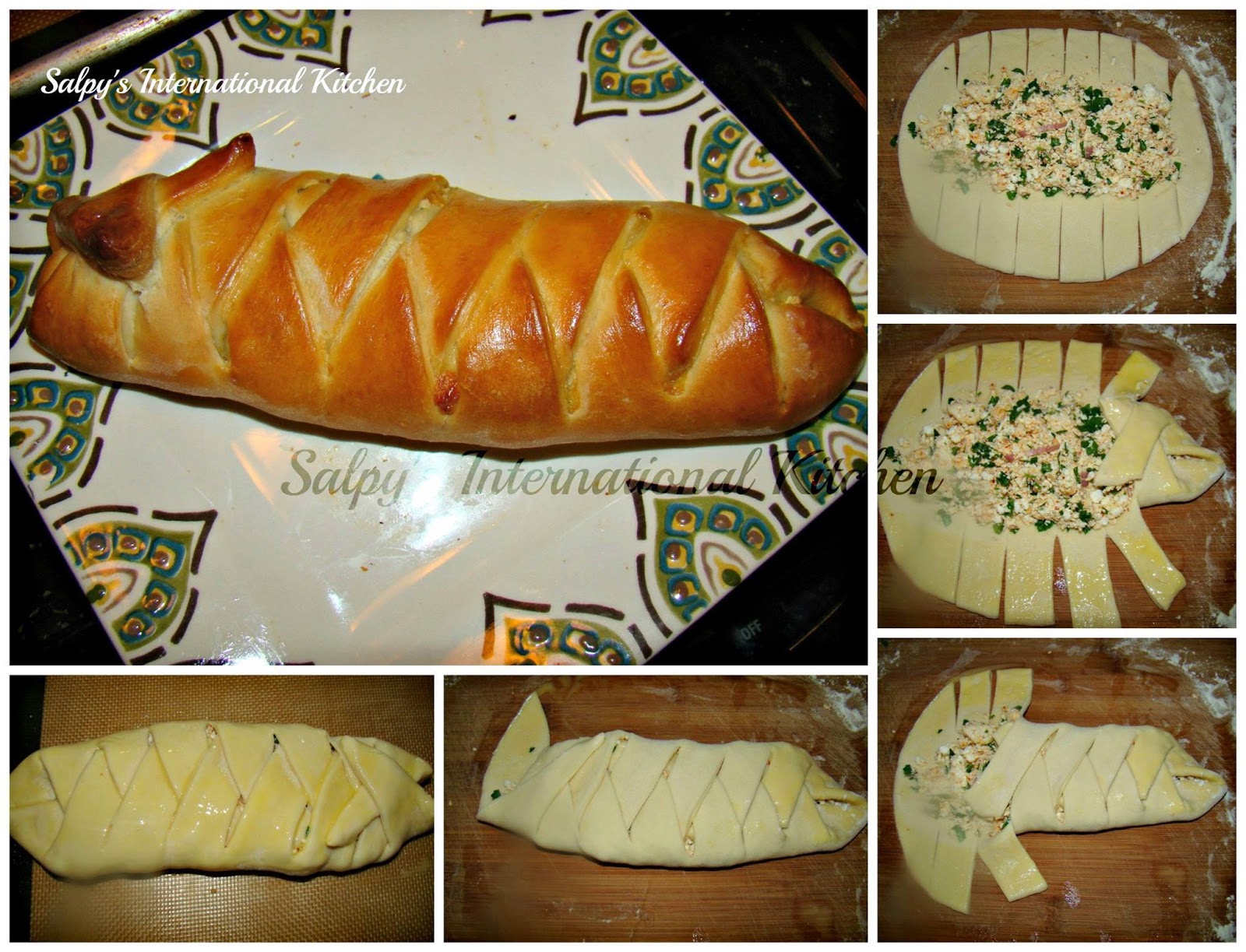Our first Reader Feature of 2015 is a person whose name
you should recognize – Mike Minassian, from Cordoba, Argentina.
resumed his search for the perfect lahmajoun dough recipe.
Lahmajoun Dough Experiment’ – # 3.
For my girlfriend’s birthday I
offered to prepare a meal for her and her family. I saw an opportunity to cook
lahmajoun once again! I actually prepared a whole Armenian meal including
Sarma, Kufthe meatballs, madzoon, hummus, baba-ganoush and of course Lahmajoun!
of #4 dough recipe you sent me (see recipe below) a while ago.
flour (it works great and it costs the same than the regular flour) about 700
grams (approximately 3 cups), 1 cup lukewarm whole milk, 3 tbsp. milk cream,
olive oil, 1 tsp salt, and (this is something new) 1 tbsp. malt extract. Now I
used malt extract because I know it is used in baking to preserve moisture in
the products.
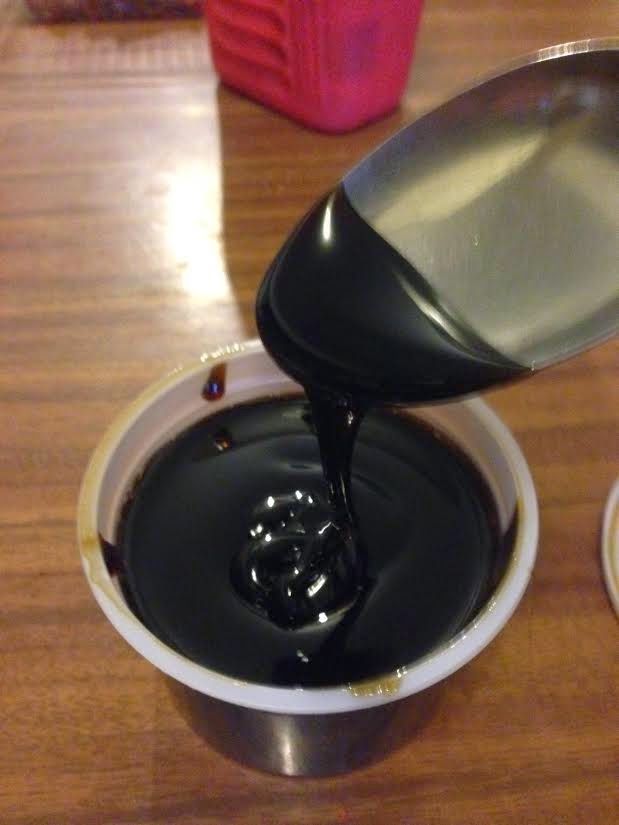 |
| Malt Extract |
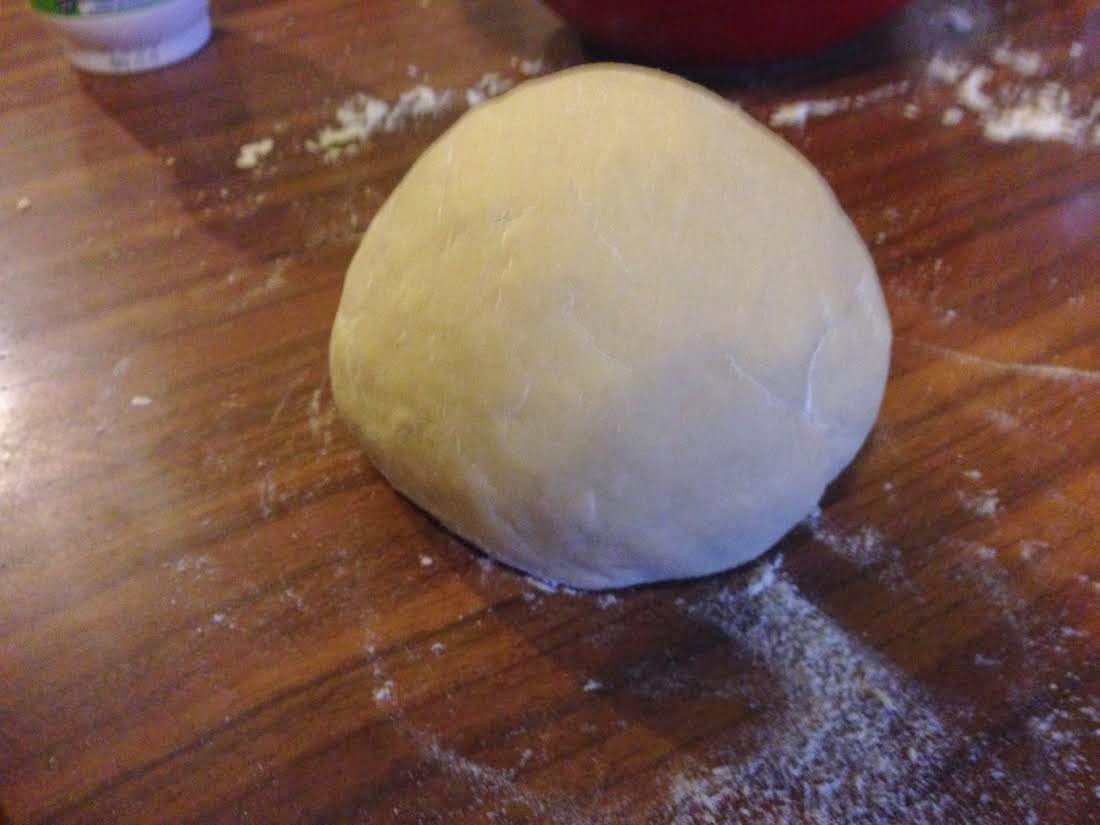 |
| Lahmajoun dough |
In the last experiment my lahmajoun dough was flexible enough but still when I
rolled it up to eat, you could see some cracks in the sides, meaning that some
moisture control needed to be done.
onions and 2 tomatoes finely chopped, actually I rather like to process them.
Some parsley also chopped. Also added 1/4 of a roasted red bell pepper (I made
this some weeks ago). At this point I should mention that the Armenians
here in Argentina, at least in Cordoba, use tomatoes for the topping instead of
peppers, though I like to add some to my recipe. The spices I used include
salt, paprika, ground chili, tricolor pepper, chemen (or fenugreek), and hot
chili powder. I mixed everything with my hands, and then processed all. I do
this because I like the topping to stick together after I cook it. For this I
also add a tbsp. of white vinegar (or apple cider vinegar). After everything is
processed I added the juice of one lemon and let it stand for an hour in the
fridge. This amount of topping is enough for making a bit more than 2 dozens,
so I just used half of it this time, and saved the rest for next time.
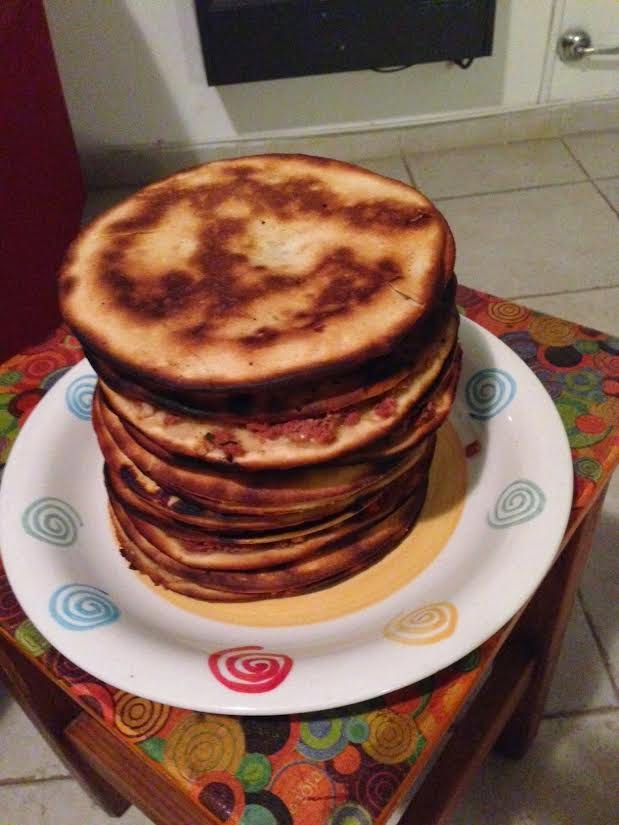 |
| Stacked Lahmajoun |
After I took the
(lahmajoun) out of the (very hot) oven, as usual I (stacked) them one on
another. Instead of covering the pile with a kitchen (towel), this time
I (covered them) with a plastic bag. Why? Well, I wanted to preserve
moisture, and with the (towel) I couldn’t achieve that because of the porosity
of the (towel).
The result: A very tender and flexible dough. I could roll it
and, see, no cracks at all! I really don’t know if this is the way the elderly
woman I told you about makes them, but they are close enough. I will continue
with this recipe and with time improve it.”
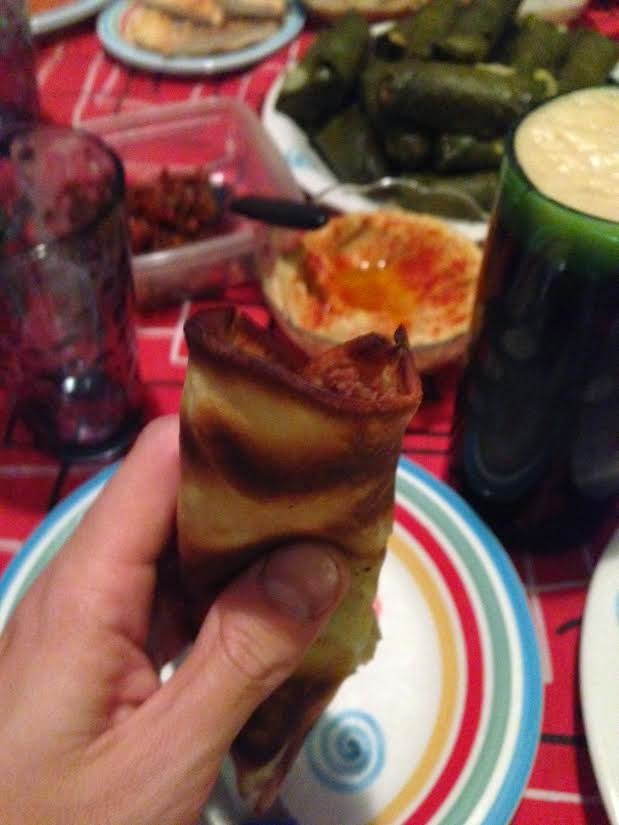 |
| Lahmajoun Dough Experiment #3 Final Product |
recipe:
told you at the beginning does it, but I think it’s pretty close and for now
I’m satisfied with it. So yes, this would be “perfect” enough. I’m
sure with time and practice I will refine even more the art of making lahmajoun,
so I’ll keep sending you improvements eventually.
Here is the recipe Mike modified for this dough experiment.
Dough recipe #4: This recipe is from the cookbook,
’Armenian Cuisine – Preserving Our Heritage’ – St. John’s Armenian Church
cookbook, in Michigan
evaporated milk in addition to vegetable shortening. This makes 80 to 90
lahmajouns!
water and sugar. Stir to dissolve well. Set aside and allow to activate
(proof).
evaporated milk, whole milk, 1 cup water, melted shortening and salt.
ingredients. Mix well. Continue to add flour until you have a medium-soft
dough. Place dough on a floured work surface and knead until smooth and
elastic.
wrap or kitchen towel until double in size. Dough should be soft.
balls covered in plastic wrap. Roll out each ball into a circle.


